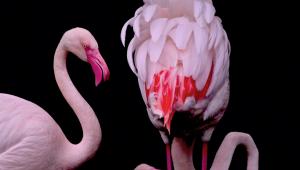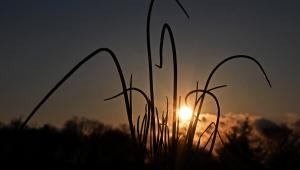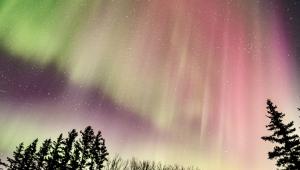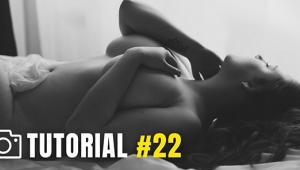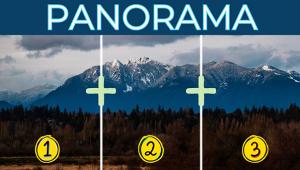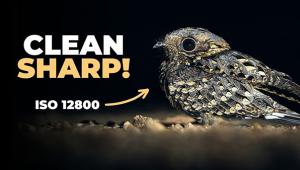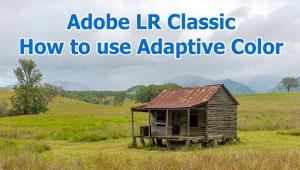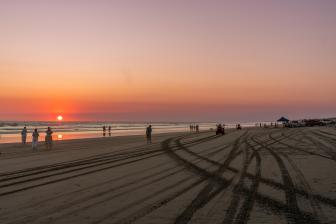Got Photography Questions? Shutterbug’s Resident Pro Scott Kelby Is Here to Answer Them
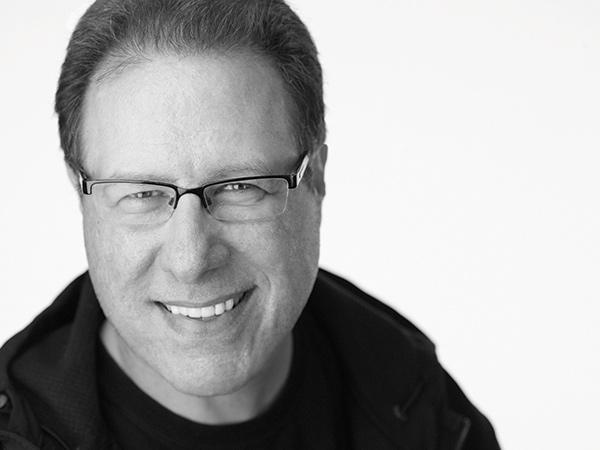
Q. For years I had planned to “upgrade” from my camera with an APS-C sensor to a camera with a full-frame or even midsize sensor. Since I’m retired, I no longer print my photos or try to sell them. I have some very nice full-frame lenses from my film camera days, so I could use them with a full-frame camera. But I display my photos only electronically on a TV or photo frame, which can’t display all of the image data that a larger sensor could capture. So, wouldn’t a larger sensor just be overkill?
A. Yes, I think it would. That being said, there are other advantages to full-frame cameras. For example, there are models that are incredible at keeping the noise low in high ISO lighting situations, so that’s a big plus. It’s also helpful to know that not all of them have ridiculously high megapixel sensors, so keep an eye out for one that isn’t “over the top.” How many megapixels is enough? Well, think of it this way: for years, some of the very best digital cameras available were 6MP and photographic art galleries sold big, beautiful prints from those 6MP cameras for amounts of money that would make you blush. So, if you can find a full-frame camera in the 12MP range (not as easy these days as you might think—you’ll probably have to buy a used one), you’d have way more than you’d need to display your images beautifully on the web.
Q. Camera manufacturers include a black-and-white style in their menus, yet everyone talks about conversion in Raw. I get excellent results shooting JPEG in a black-and-white style by adding a little more contrast and using my Lee Filters 4x4 Kit and grads for black and white. I understand Raw is better, but why spend hours postop when tools are available in the field. Are we not supposed to create, compose, and expose in camera?
A. If you’re spending two hours in “postop” to create a black-and-white image, we have an entirely different problem—it should be two minutes, not two hours. You wrote that you “understand Raw is better.” Well, that pretty much answers your own question—you “know” that Raw is better, but you’ve decided to shoot in JPEG and convert in camera. I guess that means you are happy with something that you know isn’t better. You’re doing something that you acknowledge (above) doesn’t look as good as Raw, but you’re OK with that. If that’s the case, there’s no reason to change and do your conversion later. However, there is something I would like you to consider. When you use the built-in black-and-white conversion in your camera, you are converting it to black and white using software—the software in your camera. In doing so you are limiting yourself to pretty much just one look for your black-and-white photos, and your editing is pretty much limited to adding a filter or a grad, or messing with the post-processing settings in your camera—if your camera has them. But if you used Lightroom or Photoshop, and perhaps a plug-in like Nik’s Silver Efex Pro or Macphun’s Tonality, you would open up a whole new world of black-and-white possibilities that you simply don’t have access to. With nothing else to compare it to, your black-and-white images out of the camera probably look pretty decent to you, but what if they could be great? What if they could be stunning? What if it changed everything for you? You’ll never know until you try. (Spoiler alert: The reason, as you pointed out, “everyone talks about conversion in Raw” is because it really is that much better.)
Q. For the past few years I’ve been shooting landscapes and figure studies in infrared. After making some Develop module adjustments in Lightroom CC, I send the images to Nik Software plug-ins to convert them to monochrome (Silver Efex 2), and I sometimes send them to Color Efex Pro 4. But sending images directly to plug-ins from Lightroom means that once I leave the plug-in, I can never go back and refine the adjustments that were made. I essentially have to start all over again. I heard that a way to get around this is to send an image from Lightroom to Photoshop CC as a Smart Object. The Smart Object can be sent to a plug-in, which then saves the results as a Smart Filter, which can be re-edited later. However, while I recall that this worked for me in the past, it no longer does; if I try to open the Smart Filter and make additional changes, a black box appears and Photoshop freezes. The only thing I can do then is to Force Quit out of Photoshop. Should this work, and if not is there something else I can do? Finally, could this just be a memory issue? I only have a total of 8GB of RAM on my iMac.
A. This isn’t a memory issue. This is a “that’s not how it works” issue. The plug-ins you’ve mentioned (and nearly all plug-ins out there) don’t work on the Raw image itself. The plug-ins always need to make a non-Raw copy and run the copy on it. The option of jumping from Lightroom over to Photoshop as a Smart Object won’t get you around this either. All that does is allow you to reopen the Raw image you brought over from Lightroom using Photoshop’s Adobe Camera Raw plug-in, which does allow you to edit the original Raw image, but it does not allow you to run plug-ins like Nik Silver Efex Pro or Color Efex Pro or most others. If you try it, it will give you a warning that it’s applying the effect as a “Smart Filter” (since it’s a “Smart Object”). However, when it returns to Lightroom, you’ll see that it has indeed made a copy (a second file), and your Raw file still looks like it did before you sent it over to Photoshop. In short, “that dog don’t hunt.” So, you have to get to that place that the rest of us are: once you run one of those plug-ins, if you decide you want to use a different preset than the one you chose, you just do that part of the process again. And you’ll have the untouched Raw image ready to make the jump.
Scott Kelby is a photographer, Photoshop Guy, award-winning author of more than 50 books, and CEO of KelbyOne, an online education community dedicated to helping photographers take the kinds of images they’ve always dreamed of. You can learn more about Scott at his daily blog (scottkelby.com), or follow him on Twitter: @scottkelby.
Editor’s Note: Ask a Pro is a Q&A column from professional photographer, writer, and educator Scott Kelby. Scott is here to answer all your photography-related questions, so if you have something you’d like to know, e-mail him at editorial@shutterbug.com (with “For Scott Kelby” as the subject line) and your query could be featured in the next edition of Ask a Pro.
- Log in or register to post comments

















